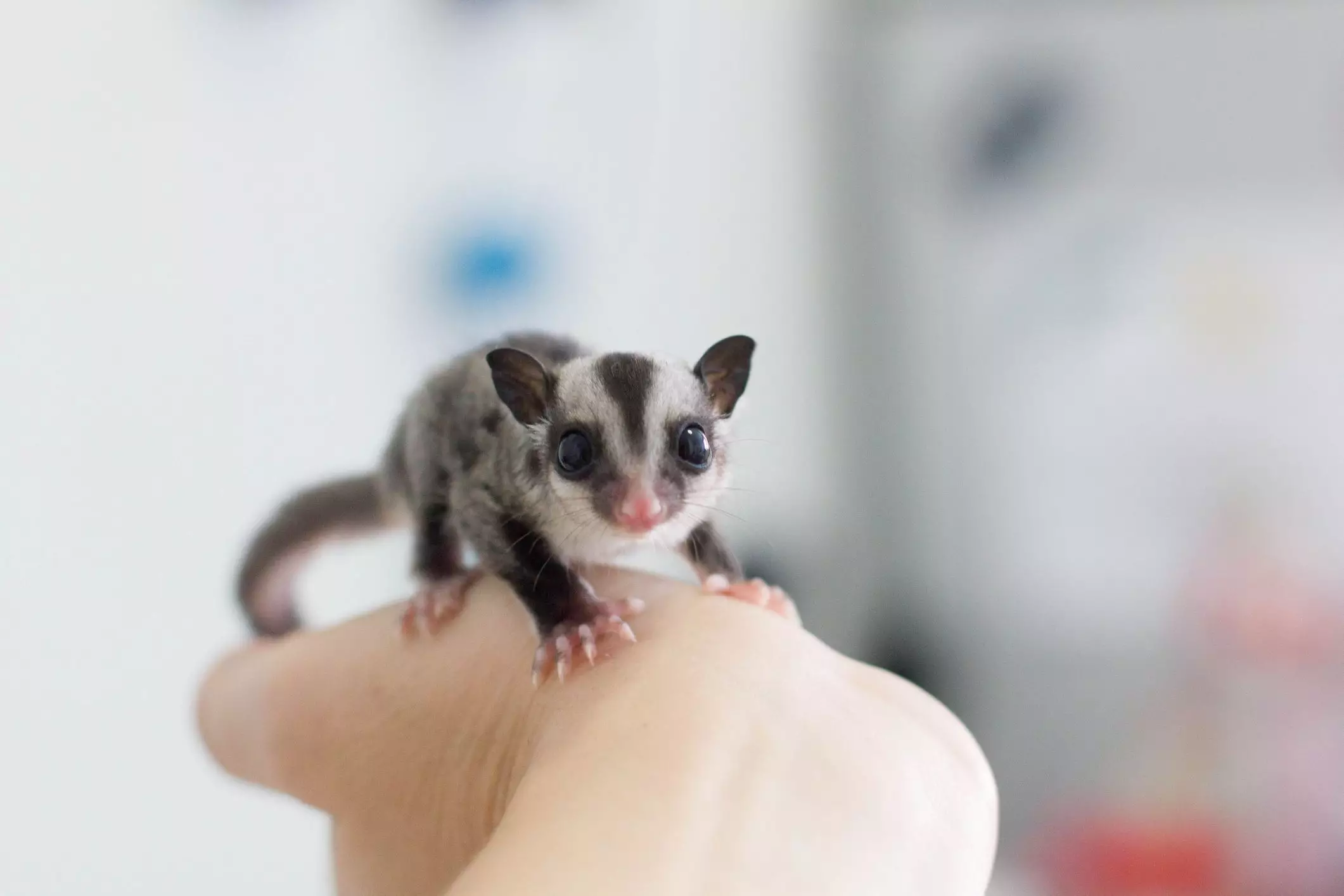Sugar gliders, scientifically referred to as *Petaurus breviceps*, have soared in popularity as exotic pets over the years, thanks to their endearing nature and captivating behaviors. Commonly known as the “short-headed rope-dancer,” these small marsupials have elements of charm and complexity that potential owners should understand. This article delves into various facets of sugar gliders, including their physical characteristics, social structures, dietary requirements, and caretaking considerations that ensure their health and happiness.
Physical Characteristics and Natural Habitat
Sugar gliders are small creatures typically measuring between five to six inches in body length, complemented by an impressive, six-inch tail. Weighing in at a mere four to five and a half ounces, their lightweight structure aids them in their unique mode of locomotion: gliding. This ability is facilitated by a special membrane known as the patagium, which stretches from their wrists to their ankles, enabling them to leap as far as 150 feet between trees in their natural habitats. These nocturnal creatures prefer the lush landscapes of Eastern Australia, Papua New Guinea, Tasmania, and surrounding islands, where they inhabit rainforests and dwell nearly exclusively in tree hollows.
Noteworthy are the sugar glider’s big, expressive eyes, a critical adaptation that aids their navigation during night hours. Their vision allows them to ascertain distances accurately, ensuring safe takeoffs and landings while they traverse the treetops in search of food or shelter. Coupled with their strong hind feet—featuring an opposable toe that enhances their gripping ability—sugar gliders exemplify a unique evolutionary design suited for life above ground.
Social Structure and Companionship Needs
Sugar gliders are inherently social animals, thriving in close-knit colonies that can consist of up to 30 individuals. Their social interactions involve complex vocalizations, grooming rituals, and playful exchanges, all of which foster a strong communal bond. When kept as pets, sugar gliders can become tightly bonded with their human owners; however, it is crucial to note that they cannot flourish in solitude.
A single sugar glider deprived of companionship may develop a range of behavioral and psychological issues, including anxiety, depression, and aggression. For this reason, it is strongly advised to house sugar gliders in pairs or groups, ideally within a spacious flight cage that accommodates their active lifestyle. This arrangement allows for natural social behaviors to flourish, which are irreplaceable by human interaction alone.
In the wild, sugar gliders are omnivorous creatures, consuming a broad spectrum of foods that change with the seasons. They enjoy an assortment of fruits, insects, and nectar, reflecting nature’s bounty. As pets, however, their dietary needs require careful consideration and balance. Pet owners are encouraged to provide specially formulated diets, often based on insectivore pellets that meet their nutritional requirements and help prevent dental issues.
Supplementing an insectivore diet with fresh fruits, vegetables, and occasional insects can create a well-rounded feeding regimen. Careful attention to diet is essential, as improper feeding can lead to several health complications, including metabolic bone disease or gastrointestinal issues. Owners should seek expert advice and consider using pre-packaged diets recommended by animal care professionals and zoos to ensure optimal health for their sugar gliders.
Like many exotic pets, sugar gliders can be susceptible to a variety of health problems. From nutritional deficiencies and dental concerns to injuries sustained while gliding, it is vital for pet owners to stay informed about their glider’s well-being. Regular veterinary check-ups and a keen eye for any behavioral changes can help catch possible health issues early.
Additionally, owners should create an environment that fulfills both their physiological needs and emotional requirements. This can involve enriching their habitat with climbing structures, toys, and spaces for socialization. Education about the specific needs and behaviors of sugar gliders is paramount, helping owners establish a holistic approach to pet care.
Sugar gliders embody a fascinating combination of charm and complexity. Understanding their unique traits enhances the experience of pet ownership, ensuring that these delightful marsupials live long, healthy, and fulfilling lives alongside their human companions. Through proper socialization, appropriate nutrition, and thoughtful care, sugar gliders can remain a treasured addition to the family for many years.

